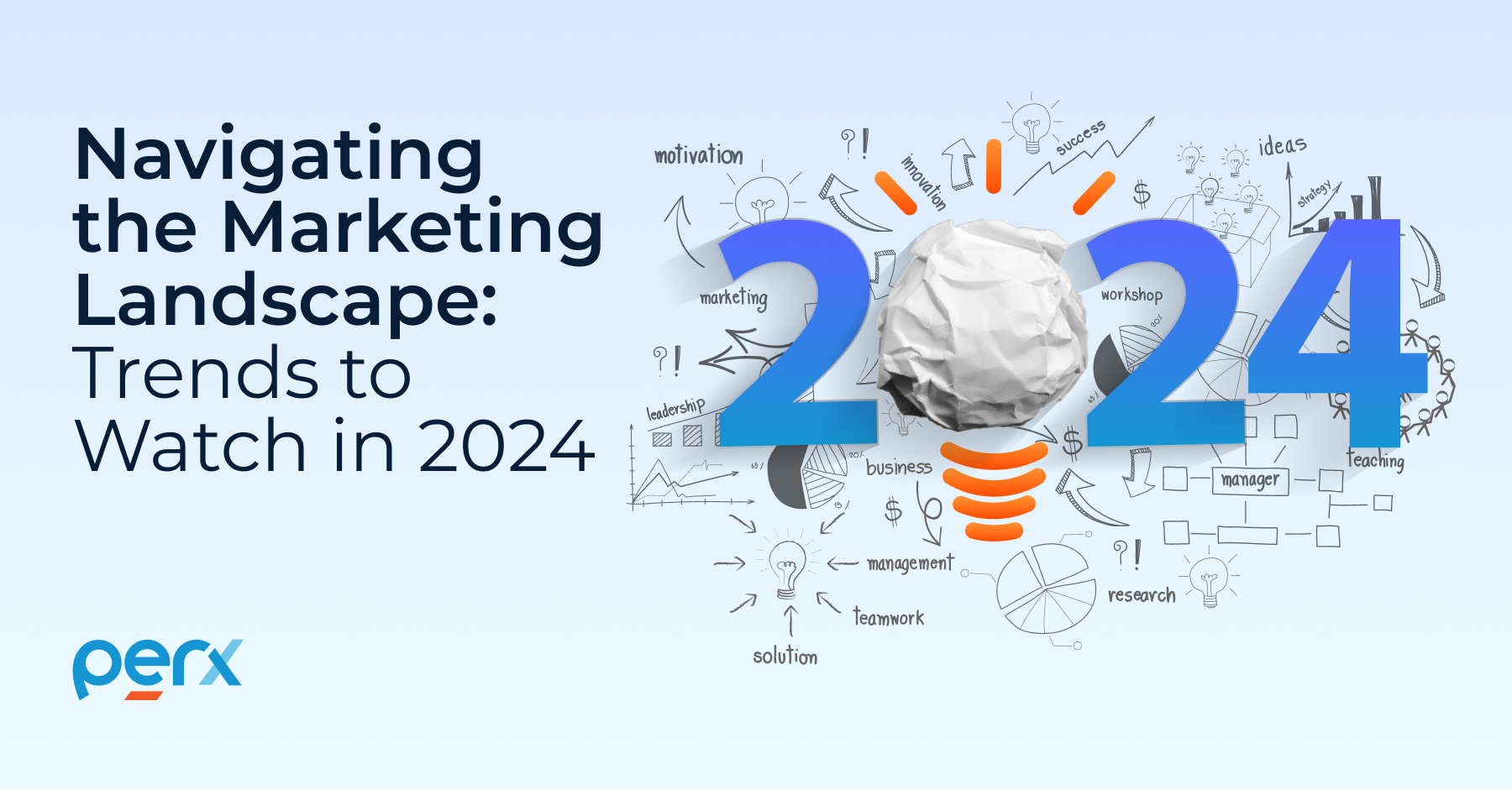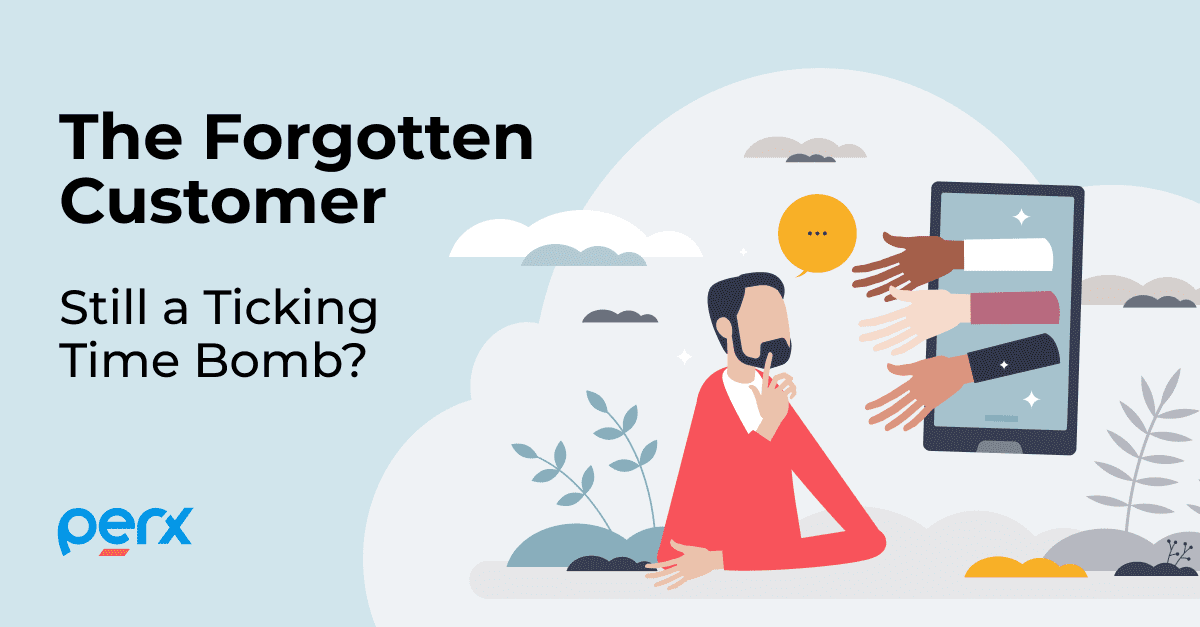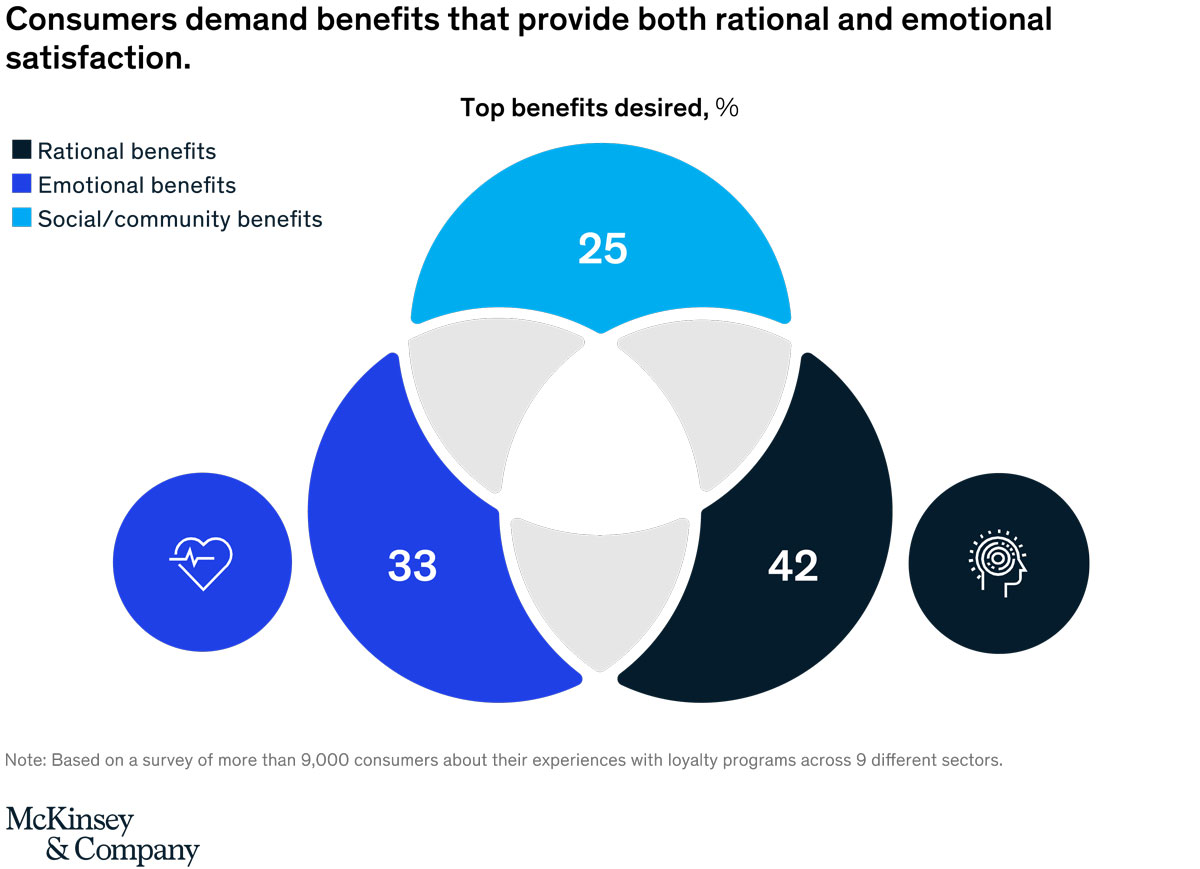Financial Brand Loyalty Marketing: It’s All About Gratification

Financial brand loyalty marketing: It’s all about gratification
Instant. Constant. Consistent. Paving the way for true top-line growth
Loyalty marketing for financial brands can be a tricky thing. Banks are inherently distrusted by one set of consumers, typically younger generations who view them as self-serving and unsupportive of their goals. In contrast, fintechs are given the side-eye by older generations who value longevity and a track record over digitized, mobile-first interactions.
Both sets of consumers want a financial brand experience driven by transparency and a clear motive to gratify their needs and wants. Whether they are traditional banking institutions or budding fintechs just getting a foothold, brands that achieve this will be able to drive top-line growth and lasting, active, and engaged brand loyalty.
Properly done, financial brand loyalty marketing boosts earnings, increases sales, and enables long-term expansion. A well-planned and implemented loyalty and rewards program can assist you in retaining existing customers, attracting new customers, and growing revenues. This happens through last-mile engagements, which can rise by 12 times with a modern and tech-driven program.
Brand Stickiness vs. Brand Loyalty
Any brand that caters effectively to the needs of its customers enjoys some level of free customer stickiness and retention because switching brands — especially financial brands — can be a hassle.
However, most brands take this free element and don’t build on it to lasting advantage. For example, banks have incredibly high customer stickiness, but very few implement effective customer engagement marketing to transform that stickiness into true brand loyalty.
On the other hand, fintechs may be knocking it out of the park when it comes to customer engagement, but haven’t sufficiently aligned their messaging and brand loyalty marketing to lock in their more fickle customers and make them truly stick in the face of an ever-expanding market of options.
Instant Gratification in Your Bank Loyalty Program
Today’s banking customer expects and demands instant gratification at each touchpoint. You can leverage these opportunities by providing instant gratification, so that interacting with your financial brand becomes a normalized part of your customer’s lifestyle.
The rewards offered at these interactions should be flexible to provide customer choice and match each consumer with a personalized bonus. In addition, these instant rewards should be visible to other members of the person’s social circle, keeping the brand top of mind and providing a positive incentive to come back and earn more.
Account opening
Customers want instant access to benefits, from a ready-to-use ATM, debit, or credit card to loan application and line of credit options.
- Potential reward: An instant large reward (a one-time reward for each account opened, the scale of which may vary based on the opening deposit amount.)
Account balance checks
Customers expect instant information without jumping through hoops to access their accounts and repeatedly prove who they are.
- Potential reward: A token or bonus reward if over a certain balance (a recurring reward, given every day checked, the amount may vary based on target balance tiers.)
Account transactions
Customers desire the ability to complete a deposit, transfer, or bill payment instantly and receive real-time confirmations and notifications.
- Potential reward: An instant reward given when a predetermined milestone is hit (a recurring reward, given every time a new milestone is achieved, the amount may vary based on milestone type and size.)
Set up direct deposit
Customers want to take advantage of time-saving benefits and receive their reward (typically a discount on bank fees or a cash bonus) right away without waiting for 30, 90 or 120 days.
- Potential reward: An instant reward is given when a new direct deposit is set up (a one-time reward for each direct deposit, the size of which may vary based on the average deposit amount.)
Check or cash deposits
Customers demand instant availability of funds without waiting for them to clear. This includes funds from regularly scheduled, automated deposits that fall on weekends or holidays.
- Potential reward: A token or bonus reward every time a deposit over a certain amount is made (a recurring reward, the amount may vary based on the amount of the deposit)
Referrals
Customers want immediate rewards for “helping their brand out” by referring other people who become customers as part of a customer loyalty scheme.
- Potential reward: A large instant reward (a one-time reward for each successful referral, the amount may vary based on the type of account opened or amount of initial deposit.)
These interactions provide the ability to add touchpoints to an ongoing customer journey and provide instant gratification as part of a customer rewards and brand loyalty program.
Constant Gratification in Brand Loyalty Marketing
Don’t drop the ball. You have your customers’ attention, and the way to keep it is through constant, consistent reiteration.
The customer journey is ongoing
You can’t depend on “set and forget” vanity programs that simply count shares and likes. Every time you have the chance to reach out to a customer, whether it’s to congratulate them on hitting a new milestone or encouraging them to complete a journey leg, you need to take it.
The customer journey is unique.
Personalized experiences require constant monitoring, tracking and check-ins to drive additional opportunities for engagement, and data analysis to ensure you are providing ultimate rewards customers actually want to collect.
The customer experience should be fun!
Add gamification for an even more engaged customer base. You don’t have to build everything in-house to develop customer experience ecosystems with which your customers will love to interact.
Consistent Gratification in Customer Engagement Marketing
Banking customers are discerning and aware. Customer loyalty systems and rewards programs that aren’t consistent will soon be dismissed. It’s a big mistake to offer a 100-point incentive for an action one time, then offer half the incentive a few months later. Be consistent, and constantly improve and expand.
How Perx Drives Bank and Fintech Brand Loyalty Marketing Via Experiences
The Perx Loyalty and Engagement Platform (LMP) transforms how banks and fintechs engage with their customers, and helps you instantly, constantly and consistently provide gratification through personalized experiences and rewards.
With this platform, you can maintain customer engagement marketing as you scale, bringing in new business and retaining high-value customers while driving revenue-generating actions. It allows you to:
- Prevent waste associated with legacy brand-building and marketing.
- Make the customer journey frictionless, instantly gratifying and socially viral.
- Provide rewarding experiences that drive real revenue and keep brands top of mind.
- Create a seamless and gratifying online to offline customer experience.
- Automate processes so loyalty processes can evolve with minimum time and labor.
- Design programs that allow legacy organizations to compete with mobile-first and digital-first financial brands.
Your financial customers are waiting to be wowed by your commitment. Are you ready to take your brand loyalty marketing to the next level? Ask for our free demo today.
Recommended for you

Strategy Insights, Blogs, Retailers

Blogs, Digital Marketing, Customer Retention

Blogs, Cookieless Future, Customer Retention

Blogs, Cookieless Future, Customer Retention

Blogs, Retailers, Customer Retention
Ready to join them?























